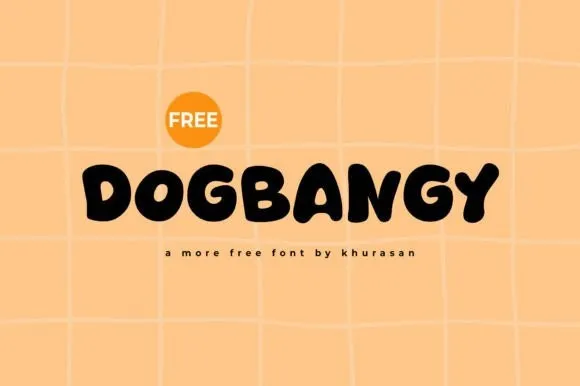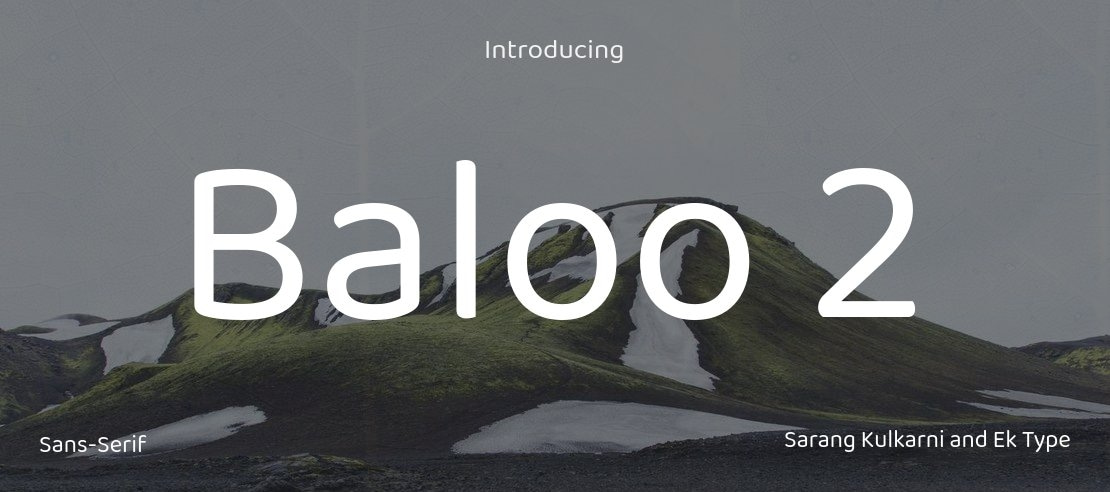Experiential Design - Task 2: Project Proposal
29/5/2025 - 3/6/2025 / Week 5 - Week 6
Cindy Clarissa Leslie / 0367677
Experiential Design / Bachelor of Design (Hons) in Creative Media
Task 2: Experience Design Project Proposal
Experiential Design / Bachelor of Design (Hons) in Creative Media
Task 2: Experience Design Project Proposal
LECTURES
INSTRUCTIONS
Task 2: Project Proposal
Ideation
From the ideas I've gathered, I had to choose one and proceed to create a detailed proposal for it. To which I have chosen to be Coral Care AR,
Problem statement:
Coral reefs, which are important to the earth’s ecosystem, are rapidly depleting due to climate change and human activities, however there's limited awareness especially from younger audiences who may not fully grasp the urgency.
Aquariums often showcase coral reef systems for display, however the message of restoration is often missing or ineffectively displayed in static text panels. These executions fail to create a sense of connection or involvement, which is especially important in terms of building awareness. Without a more immersive execution, educational efforts around coral reef are often overlooked or easily forgotten.
Proposed Solution:
By creating an AR experience, Coral Care AR is an interactive way to raise awareness simply by scanning a designated marker where users can trigger an animated coral reef ecosystem that dynamically changes according to their choices.
The AR experience will first start with a damaged, bleached reef scene, then they are given choices (buttons) which could either help with the restoration or even damage it further. Each interaction is accompanied by educational pop-ups explaining real coral restoration techniques. Lastly, the scene will show a healthy coral reef full of marine species, where users can tap on the species and learn further about them and why there are crucial for its restoration.
Aims:
- Raise awareness of coral reef bleaching
- Educate users through interactive learning
- Promote empathy
Potential features:
Interactive studying - this is through an interactive quiz way where users press on a button, which would affect the 3d model directly. Based on the model it could be observed if the answer is right or wrong.
Information display - information will be relayed in a narration that would be engaging yet informative.
Gamification - mini game included to keep user retention
Research
To further strengthen my proposal, I contemplated on the pros and cons while also researching on competitors to find ways where I can improve any of the functionalities.
Pros:
- promotes marine conservation in a memorable and engaging way.
- easy to use and designed with simple mechanics for general users.
- portable, can be used anywhere.
Cons:
- may not be optimized for older devices that does not support AR functions.
- limited interactivity and mechanics, which may not ensure long term retention.
Competitors:
- WWF Free Rivers by World Wildlife Fund
- showcases river ecosystems by using AR, educates about environmental impact by using narration.
- limited interactivity.
- What Coral Care AR does differently: focuses on ocean life, more direct interactions with gamifications.
- (Discontinued) Ocean AR by Google Expeditions
- Immersive 360 underwater view.
- purely visual, limited interaction or education.
- What Coral Care AR does differently: content focuses on being educational, portable and can be used anywhere instead of specific devices.
After the brief research, my main focus on creating this app was to not only make it educational, but also make it engaging. This goes back to the feedback I got from Mr. Razif, where I should include in different scenes instead of sticking into the 3d coral model, furthermore include gamification.
I started to create the user personas, to help me with the creation I came up with a scenario.
Aquariums are now implementing AR learning by image scanning (cards) in hopes of raising awareness regarding coral reef bleaching, to which visitors can download the app and interact with.
Primary target audience: children within the ages of 8 and above
Secondary target audience: adults with children and educators.
Figure 1.1 User personas created
After creating the user personas, I proceed to create the initial user journey map when they enter the aquarium.
Figure 2.1 Initial user journey map
I eventually elaborated on the pain points further and proposed solutions based on what the Coral Care AR app could provide.
Figure 3.1 Pain points and proposed solutions
With proposed solutions, I reintroduced the new user journey map where the AR app is implemented into the exhibition. This time, I've evaluated both gain and pain points to analyze which elements I can improve or keep mind of when I create the prototype.
Figure 4.1 New user journey map
Colour Scheme
Figure 5.1 Chosen colour palette
Since the app and concept revolves around the sea, I had to be consistent and chose a blue colour palette. To further become engaging for younger audiences, I chose colours that were on the bright side yet effective. Aside from 3d models, I will be applying these colours onto the UI components such as texts, buttons and backgrounds.
Figure 6.1 Font for Title and logo
I wanted to include a simple logo and title that would be appealing towards children, therefore I chose the 'Dogbangy' font which is for display. I ensured that I chose a bubble font to keep a consistent friendly tone for the UI.
Figure 7.1 Educational UI designs used as reference
Visualization
Firstly, before I made my prototype on Figma, I searched for 3d assets that I can use for the end product. I eventually found one that would also fit the style of my app on Unity, which was Nature Environment Low Poly Pack by Pandazole.
Figure 8.1 Assets from Unity
To add it into my prototype, I took a screenshot of the preview, removed the background and collected the specific models I wanted. I eventually gathered them into 1 solid model for my corals.
Figure 9.1 Visualizing using Figma
Based on the design direction, I eventually created the prototype on figma where I mostly focused on the MVP and AR features.

.png)
.png)
.png)



.png)
.png)










.png)
.png)
.png)
.png)



Comments
Post a Comment